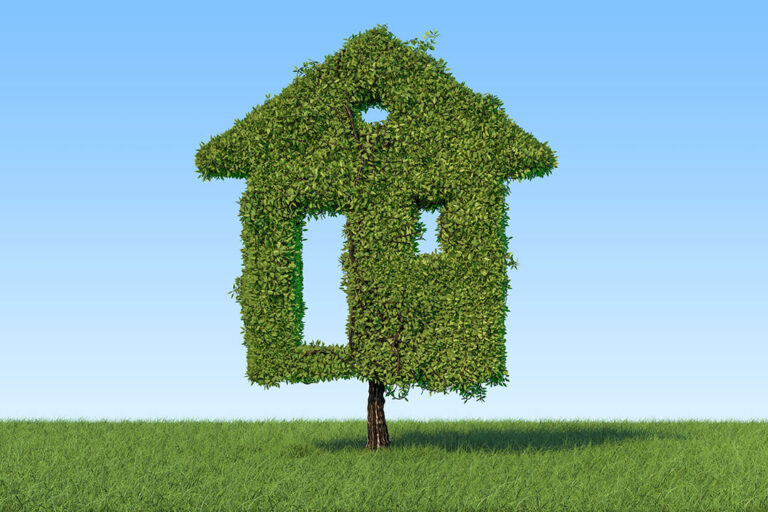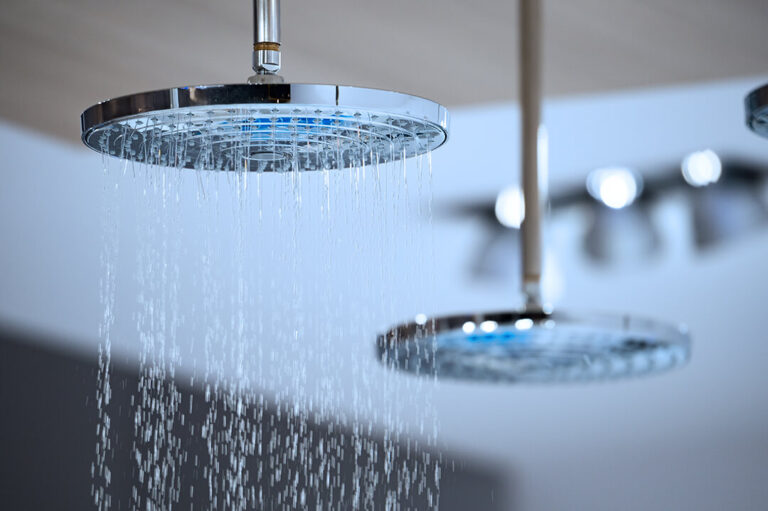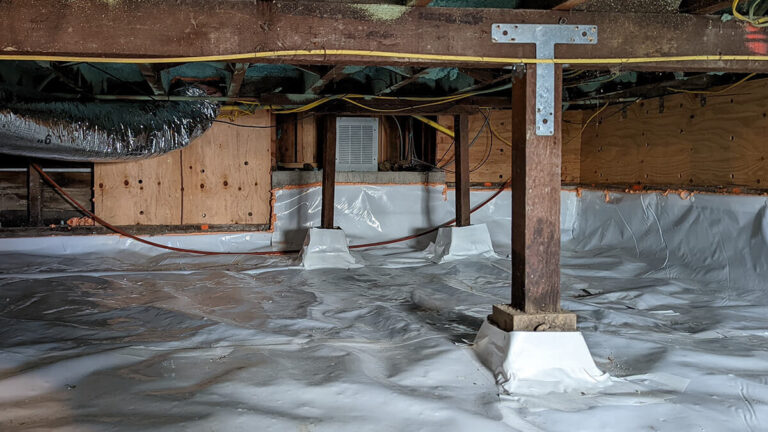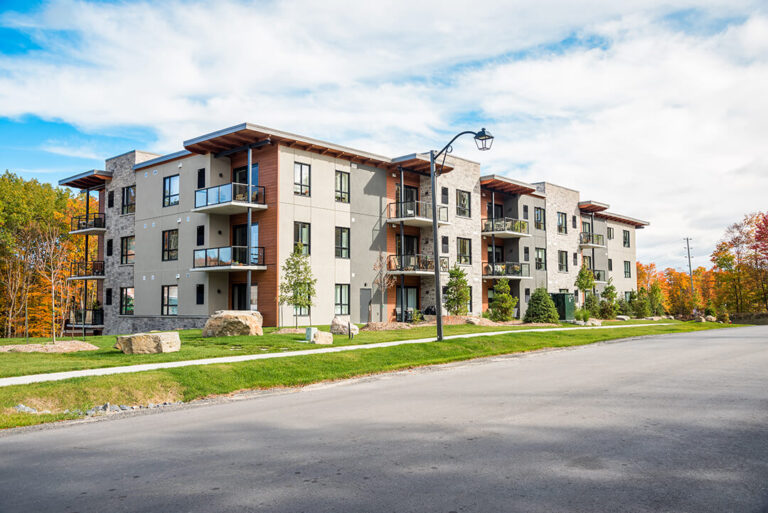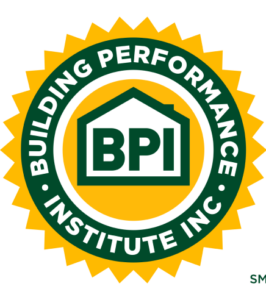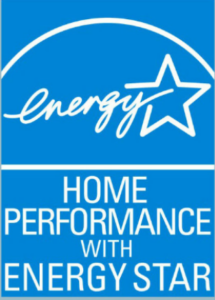My electricity bill is too high.
My heater is too noisy, and wakes me up at night.
Some rooms are too hot and others are cold.
The air feels stuffy or musty.
My heater has stopped working entirely.
Please read the following before replacing your furnace. The long-term effects of making the right (or wrong) decision here cannot be overstated!
Don’t Rush!
I know it’s cold, but if you find the first available HVAC team to come out and look at your system, here is what will almost certainly happen.
1. They will recommend replacing your furnace.
2. They will install a new, oversized furnace without changing anything else.
3. Your home will have heat. However, you will likely continue to have high energy bills, uneven heating, poor air quality and poor comfort (assuming these were some of your issues to begin with). Worse, you have lost the opportunity to have an efficient correctly sized HVAC system. Even if you plan to redo your air sealing, ducts, and insulation later, you will not be able to design them properly around the oversized furnace.
4. Why will this happen? Because it’s the fastest, easiest way for them to make money while ensuring that your home has heat. Please do not fall into this trap!

Oversized Inefficient Furnace
What’s the big deal about oversized furnaces?
The vast majority of existing homes have oversized furnaces (and air conditioners). When we say oversized, we are not talking about the actual dimensions of this equipment but energy output and how much airflow they produce. Most people, even contractors, do not realize the importance of this issue. Or maybe they just don’t like math. The point is, yes, it’s a big deal. Oversized units have the following problems:
1. Major efficiency loss. The unit will cycle on and off frequently as temperatures fluctuate. Overheated air will rise quickly, causing temperature stratification from floor to ceiling, and you will suffer large heat loss through the ceiling and attic.
2. Major comfort loss. Very hot air blasting out of a vent is not pleasant. Loud noises from the cycling on/off are also not desirable. And with an oversized unit, it’s extremely unlikely that you will have even heat distribution between rooms, especially if the ducts have not been engineered specifically for each room and the house as a whole.
3. Major durability loss. Again, the cycling on/off will quickly degrade the appliance, and greatly shorten its lifespan. When connected to a system that is constricting and poorly designed, it can cause very high amounts of friction. This can lead to a heat build up at the unit and a heat exchange that cracks long before it’s time. It also increases wear and tear on the ducts themselves.
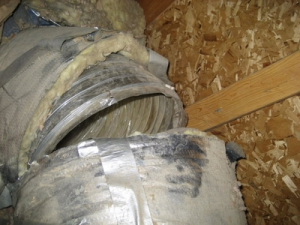
Take the steps to get it done right
1. If it’s cold and you need heat immediately, buy a space heater to hold you over for the winter. This is not an efficient way to heat a home, but if it allows you time to make the right long-term decisions, then it’s worth it.
2. Talk to an honest contractor about your options. You may not actually have to replace your furnace. Sometimes it’s only the igniter, fuse, fan, etc, that has given out and needs replacement. Decide if it is worth fixing given its age, availability of parts, and any other issues it might have had while working.
3. There are other options for heating a home, which can be very efficient in some situations. See heat pumps and hydronic air handlers for details.
4. If you can’t repair it and the other options won’t work for you, go for the whole-house approach.
Whole-house approach to efficient heating and cooling
The furnace is just one small piece of the puzzle. If you want serious energy efficiency, you must design the entire system to work together properly.
1. Get an Energy Audit. Find out how to reduce leakage, control moisture, improve insulation and air quality. Find out the appropriate heating technology for your situation. Most importantly, find out how to correctly and precisely size the furnace and size/design the duct work to the actual calculated needs of the house and each room. There are a lot of variables involved. Your contractor should be using Manual J calculations to size the furnace and other appliances. This takes into account room dimensions and exposure, effective insulation values, window type, wall/window orientation, solar heat gain, climate data, etc. If a contractor does not measure and test the house this way, they will be making a wild guess at the size of the furnace, and they will end up selling you one that is 2-4 times too large. This happens every day, and is probably the biggest problem in residential energy efficiency.
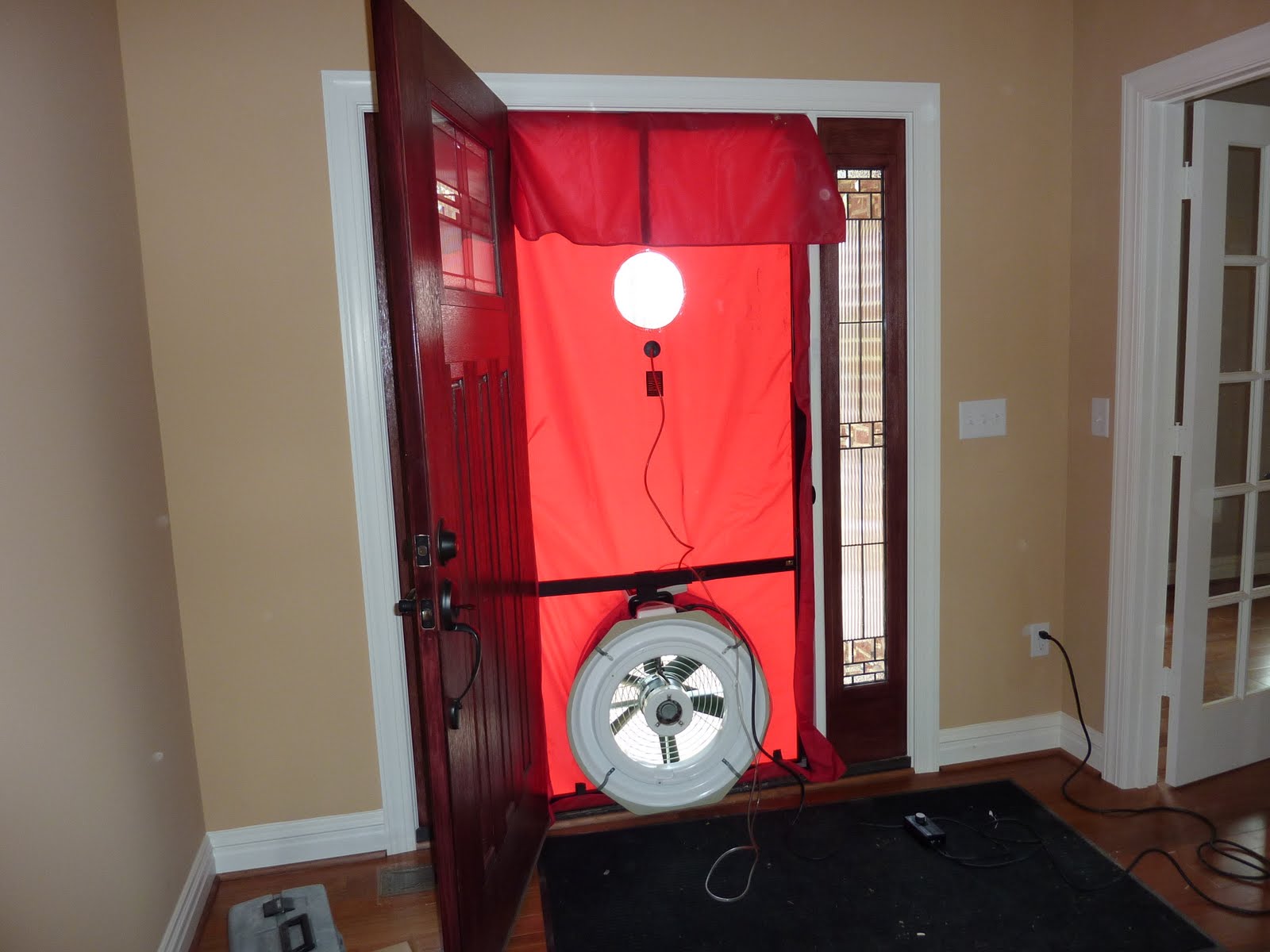
Blower Door Test
2. Air sealing is the first step in any good retrofit job. Most homes are very leaky, and we’re not talking about fresh air. Conditioned air is lost, and poor quality air is often drawn into the home from the attic and crawlspaces. If we want an efficient system, we should aim for 0.35 ACH (air changes per hour) leakage, or as close to it as the particular house will allow.
3. Duct design, layout, and sealing are all essential as well. Engineering and sizing the ducts accurately will allow for even heat distribution, and it will minimize friction for a silent, long-lasting system. And of course, if we want to minimize air and heat loss through the ducts, we must seal and insulate them thoroughly.
4. Home insulation, particularly attic and wall insulation, are also important. See here for more info.
5. Correctly sized heating/cooling appliances including technologies such as the hydronic air handler, air conditioner, gas furnace or other heating alternative. These devices should be chosen in accordance with one another, and to account for the home’s precise heating/cooling needs with the duct system delivering the right payload to each room.
For more information, call (925) 363-4498 or e-mail info@epbuilders.com to speak to a technician, or schedule an energy audit.



